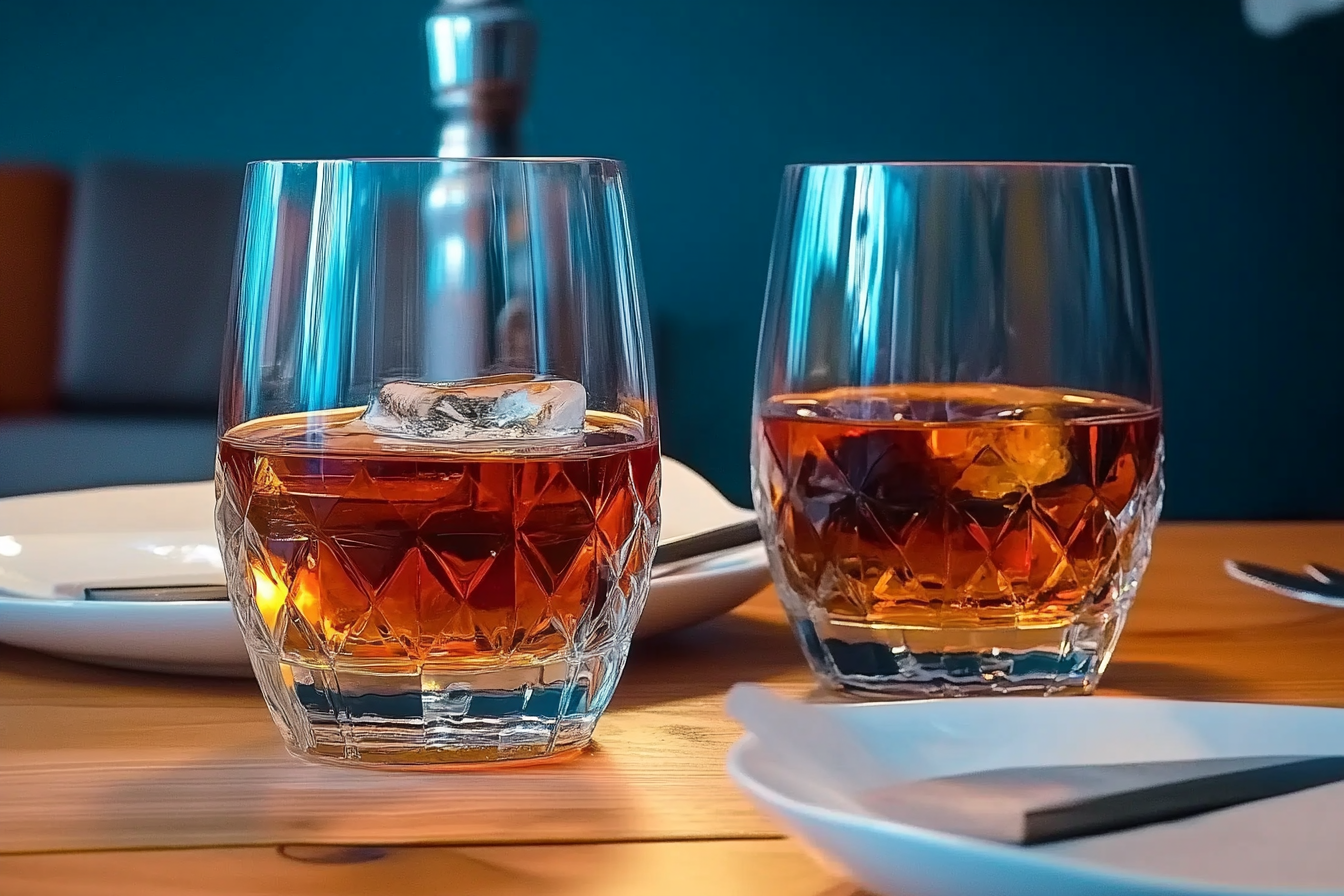Understanding Alcohol in Food and Cooking
What Is Alcohol in Food and Cooking?
Alcohol, or ethanol, is a volatile, flammable liquid that forms the intoxicating ingredient in beverages like wine, beer, and spirits. In cooking, its volatility plays a crucial role in enhancing aroma and flavor. Furthermore, its chemical properties allow it to dissolve flavors and distribute them evenly throughout a dish.
Learn more about alcohol and its chemical properties.
Common Uses of Alcohol in Food and Cooking
Alcohol is used for flambéing 🍎, deglazing pans, marinating meats, and even baking desserts like rum cake 🍰. Specifically, these methods leverage alcohol’s unique chemical properties to improve taste and texture. Consequently, its versatility makes it a favorite ingredient among chefs.
How Alcohol Is Processed in Food
Heat and Evaporation
When exposed to heat, alcohol begins to evaporate. Nevertheless, the extent of evaporation depends on factors like temperature, cooking time, and the method used. Hence, not all cooking methods are equally effective in eliminating alcohol.
Impact of Cooking Methods
- Boiling: Retains some alcohol due to lower evaporation rates.
- Flambéing: Burns off most surface alcohol quickly. However, deeper alcohol content may still remain.
- Simmering: Gradually reduces alcohol over time but doesn’t eliminate it entirely. Therefore, simmering requires patience for optimal results.
Does Alcohol Really Burn Off?
Factors Affecting Alcohol Retention in Cooking
- Cooking Time: Dishes simmered for hours retain less alcohol. Accordingly, longer cooking times are more effective.
- Ingredients: Thick sauces may trap alcohol. As a result, they tend to retain more alcohol than thinner sauces.
- Temperature: High-heat methods like grilling remove more alcohol. Conversely, low-heat methods might be less effective.
Myths vs. Facts
Contrary to popular belief, alcohol doesn’t vanish entirely during cooking. For instance, research shows that even after hours, trace amounts may remain. Thus, it’s essential to adjust expectations.
Can Cooking with Alcohol Make You Drunk?
Scientific Perspective
For most people, the alcohol content in cooked food is too low to cause intoxication. However, sensitive individuals or those consuming large portions of alcohol-rich dishes may experience mild effects. Therefore, it’s important to consider individual tolerance levels.
Real-World Examples
- A steak cooked with red wine sauce may retain 10-20% of its alcohol. Consequently, consuming several servings could add up.
- Desserts soaked in spirits, like tiramisu, often retain higher alcohol levels. Hence, they pose a greater risk of mild intoxication.
Alcohol Content in Common Dishes
Examples of Alcohol-Retaining Recipes
- Beef Bourguignon: 4-6% alcohol remaining after hours of simmering. Accordingly, it is safer for most individuals.
- Coq au Vin: Retains more alcohol due to shorter cooking times. Therefore, careful consideration is needed.
- Rum Cake: Alcohol content depends on whether it’s baked or added later. Consequently, the preparation method plays a critical role.
Measurement Comparisons
A serving of beer-battered fish 🌾 contains less alcohol than a sip of beer 🍻. However, desserts like rum balls may contain more concentrated alcohol. As a result, portions should be monitored.
Health Implications
Alcohol in Food and Cooking Is Not Healthy
While alcohol is commonly used in cooking, it is important to remember that alcohol consumption has potential health risks. For instance, even small amounts can contribute to dehydration, impair judgment, and negatively impact liver health over time. Consequently, for individuals with certain medical conditions or those who choose to avoid alcohol for personal or religious reasons, consuming dishes with alcohol might not align with their health goals.
Safety for Children
Parents should be cautious with recipes that retain alcohol, as even trace amounts may not be suitable for young children. Moreover, alternatives can easily be incorporated to ensure safety.
Impact on Those Avoiding Alcohol in Food and Cooking
People abstaining from alcohol for religious or health reasons should opt for alcohol-free alternatives. Hence, they can enjoy the flavors without compromising their values.
Legal and Cultural Perspectives
Different Laws
Countries have varying regulations regarding the labeling of alcohol-containing foods. For example, certain places require explicit labeling for dishes with alcohol. Therefore, it’s crucial to be aware of local laws.
Cultural Views on Alcohol in Food
While some cultures embrace alcohol in cooking, others avoid it entirely due to religious or traditional practices. Accordingly, cultural sensitivity is key when preparing dishes.
Expert Insights
Quotes from Chefs and Scientists
Chef John Doe says, “Alcohol adds depth to dishes, but the amount that remains varies significantly.” Consequently, it’s essential to balance flavor and practicality.
Case Studies
A study found that a flambéed dish retained only 5% of its initial alcohol, while a baked dish retained up to 40%. Therefore, the method of cooking has a significant impact.
Practical Applications
Tips for Reducing Alcohol in Food and Cooking
- Simmer dishes longer to minimize alcohol content. Consequently, flavors can develop without the ethanol.
- Use alternatives like fruit juices or broths for flavor. Hence, you can achieve similar results without alcohol.
Alcohol-Free Alternatives
- Use grape juice instead of wine 🍇. Therefore, it mimics the flavor profile.
- Replace rum with vanilla extract in desserts. Consequently, the result remains delicious.
You Can Try This Recipe - Creamy Cajun Chicken Pasta: A delicious and flavorful dish made entirely without alcohol! This pasta dish combines tender chicken, rich cream, and the bold spices of Cajun seasoning to create a satisfying meal. Learn how to make Creamy Cajun Chicken Pasta.
Future Trends Alcohol in Food and Cooking
Innovations in Alcohol Substitutes
Brands are developing alcohol-free wines and spirits to replicate the flavor without ethanol. Consequently, more options are becoming available.
Trends in Alcohol-Free Dining
The rise of mocktail culture and alcohol-free cooking caters to a growing demographic of sober-curious individuals. Therefore, the market is expanding.
Conclusion
While cooking with alcohol adds flavor and sophistication, it’s crucial to understand how much alcohol remains in your dish. Therefore, whether for health, cultural, or personal reasons, there are ways to enjoy delicious meals without unintended intoxication. Ultimately, experiment with alternatives and find what works best for your needs 😋!
